Pasture Management
Maximising pasture utilisation
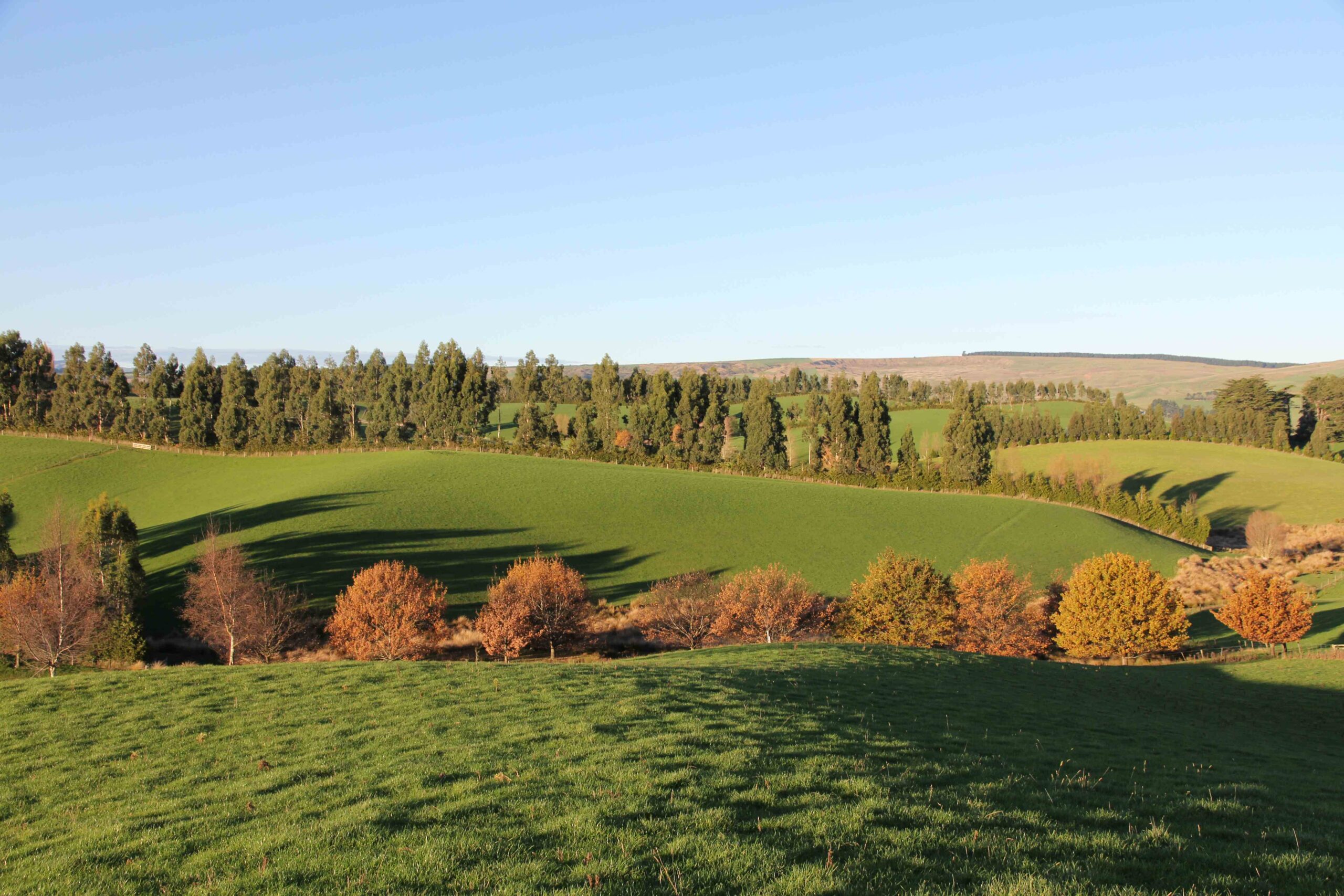
A big challenge on-farm is pasture utilisation -
getting animals to eat the optimum volume of
feed grown. To achieve this, focus on achieving
consistent post-grazing residuals and grazing at
the right time.
Open Information Sheet
Maximising white clover
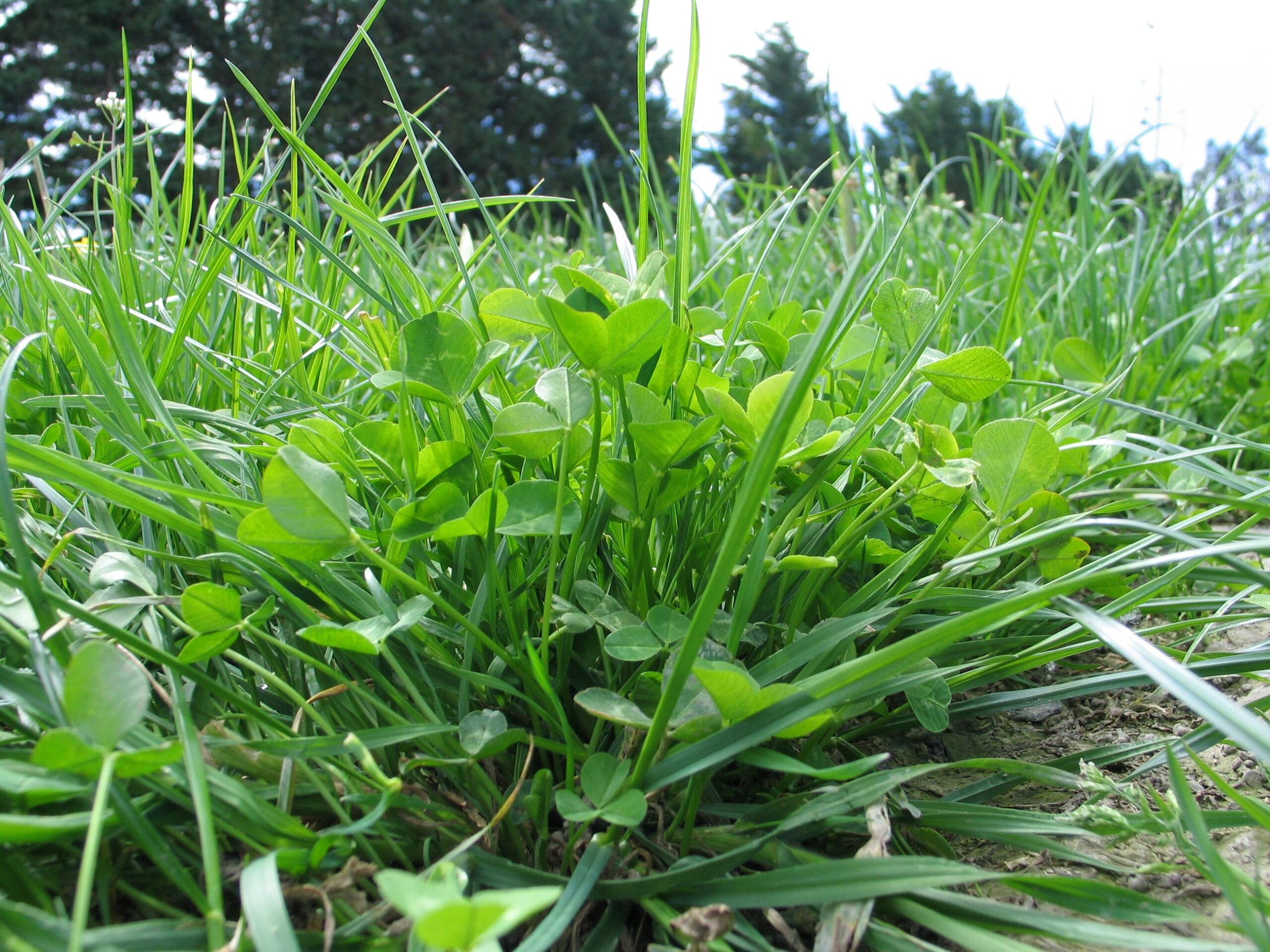
White clover is a key element of our farm systems thanks to its high feed value, warm season growth and natural ability to fix nitrogen. It is more difficult to establish in a pasture than grass, so take care when sowing. Clover content is also greatly influenced by on-going pasture management.
Open Information Sheet
Pasture feed value
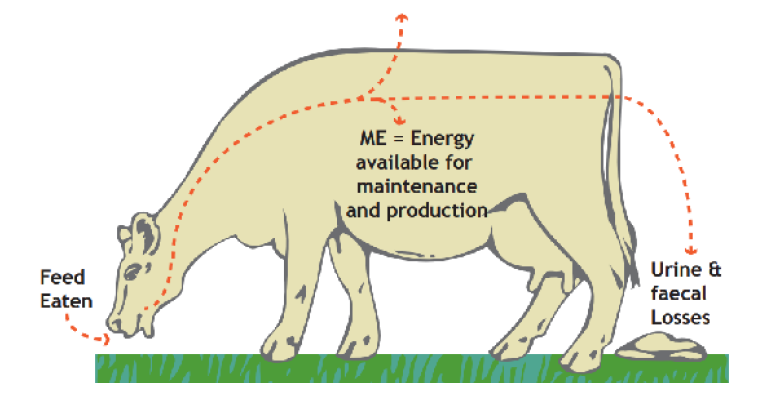
Pasture feed value is measured in several ways,
the most important being metabolisable energy
(ME) and digestibility. ME is the more useful
unit for many applications. Feed value matters,
because it drives animal intake and performance.
Open Information Sheet
Big picture – what’s your strategy
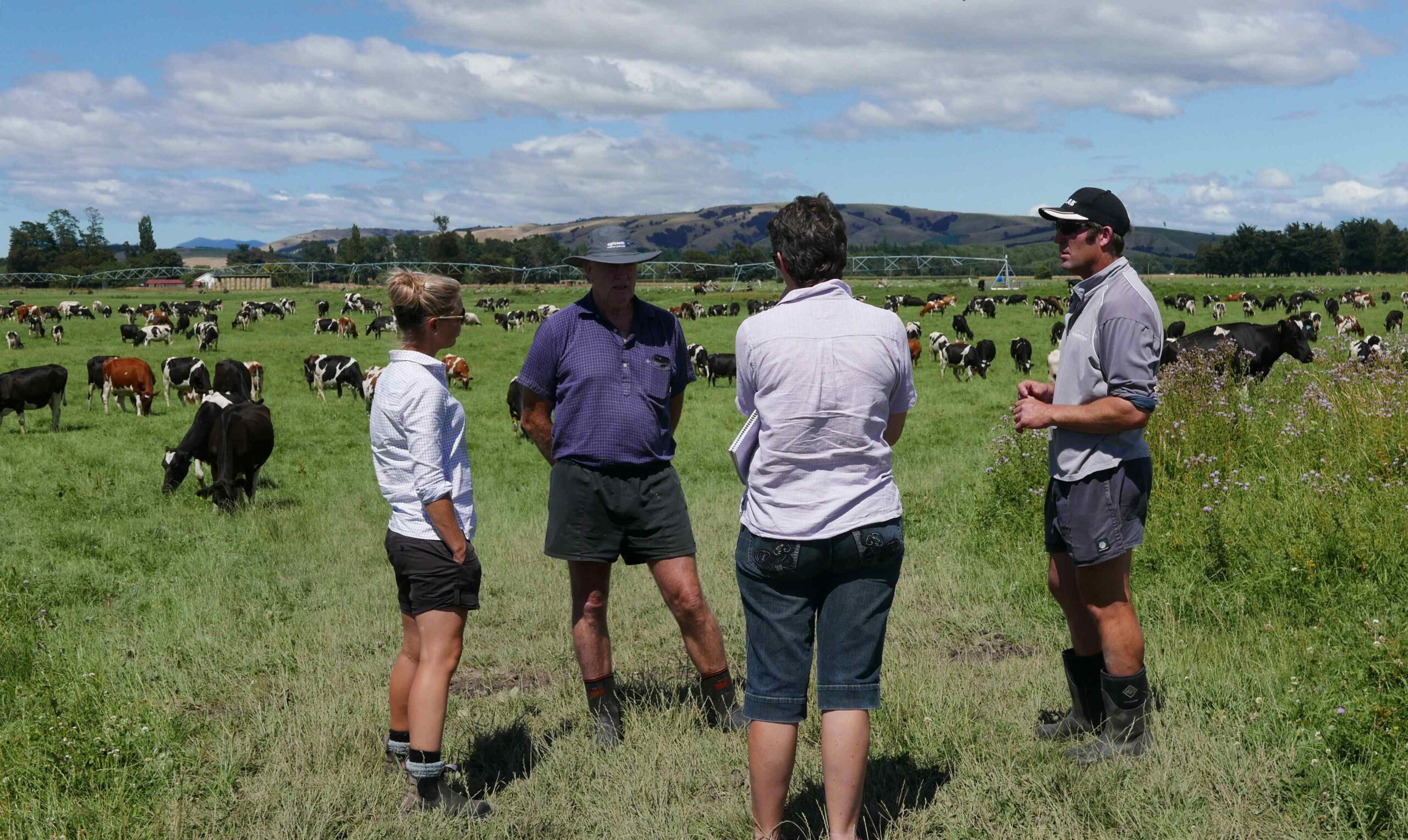
Great pasture takes more than day to day
decisions. Yes, they’re always important. But if
they’re not aligned with a high level strategies of
your farm system, you (and your animals) will miss
out on the best your pasture could be.
Open Information Sheet
Seasonal priorities – Responding to flood
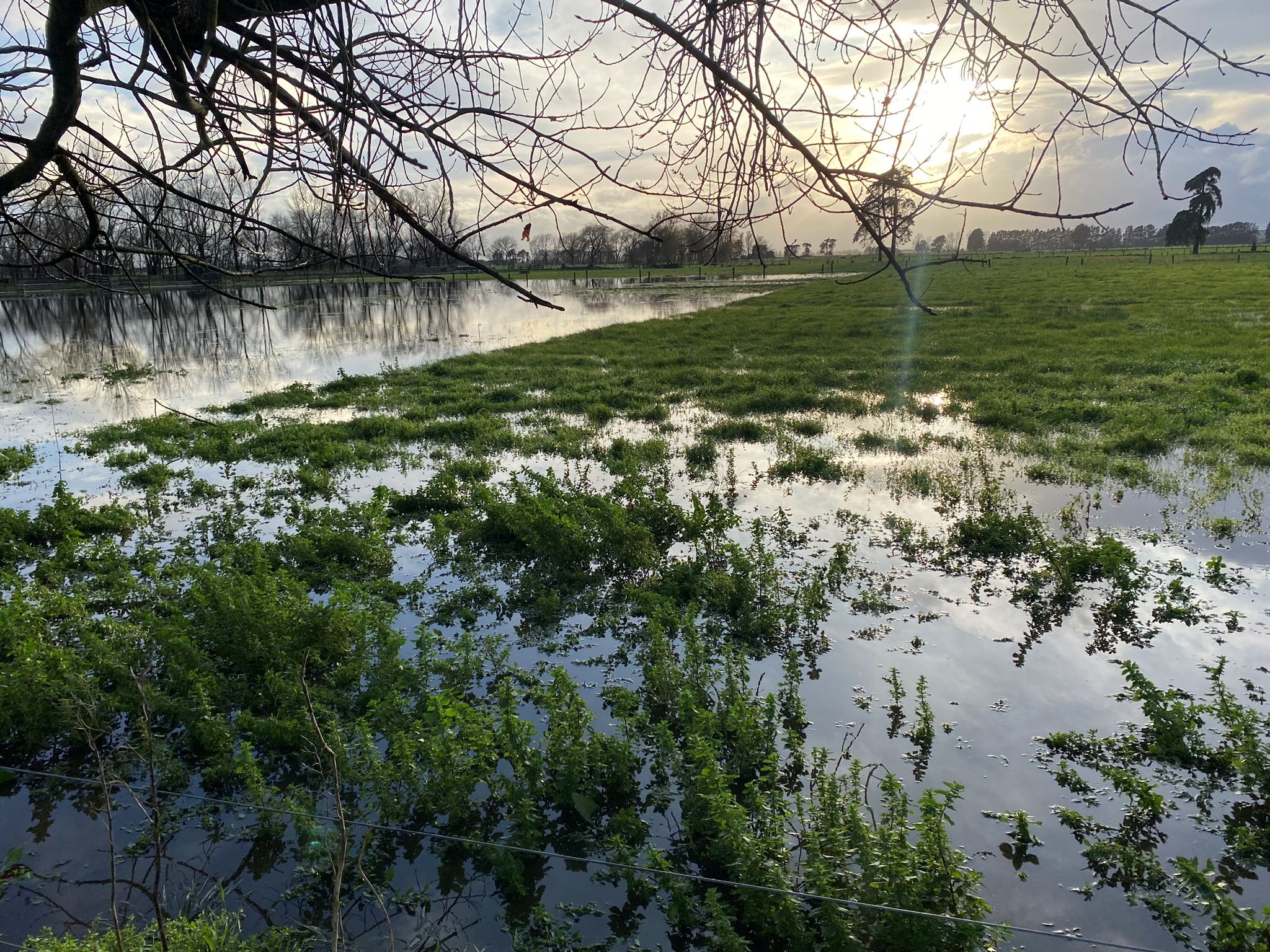
Once the urgent work of cleaning up, feeding animals, and re-establishing infrastructure is underway, you can turn to repairing pastures. This checklist is a guide only, as conditions vary flood to flood.
Open Information Sheet
Seasonal priorities – Preparing for dry summers
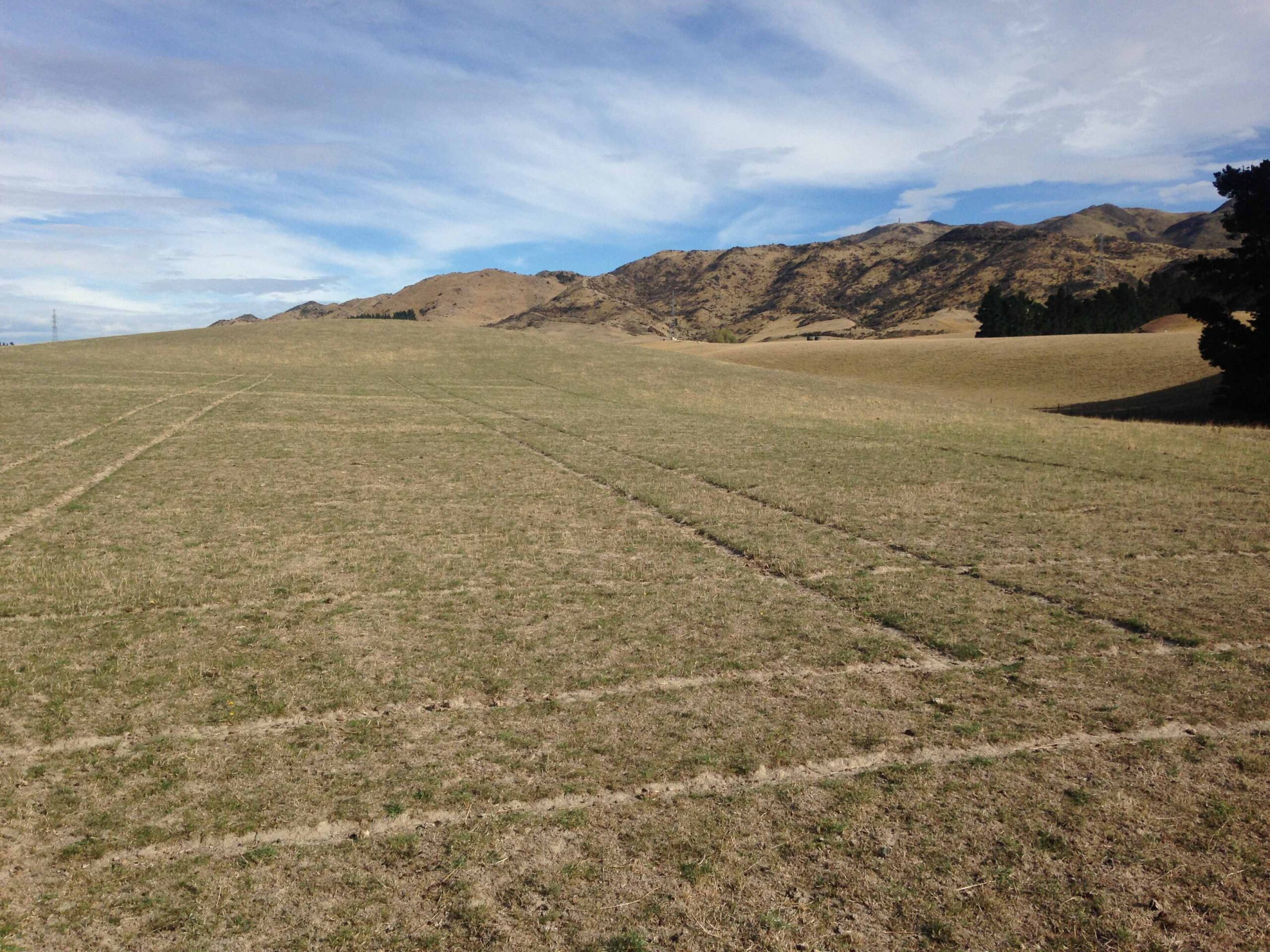
Extended dry summers are the big killer of many pastures. We can’t control the weather, but we can help as many paddocks survive as possible. The result is lower costs and a farm that bounces back from drought much quicker.
Open Information Sheet
Seasonal priorities – Managing pasture in the wet
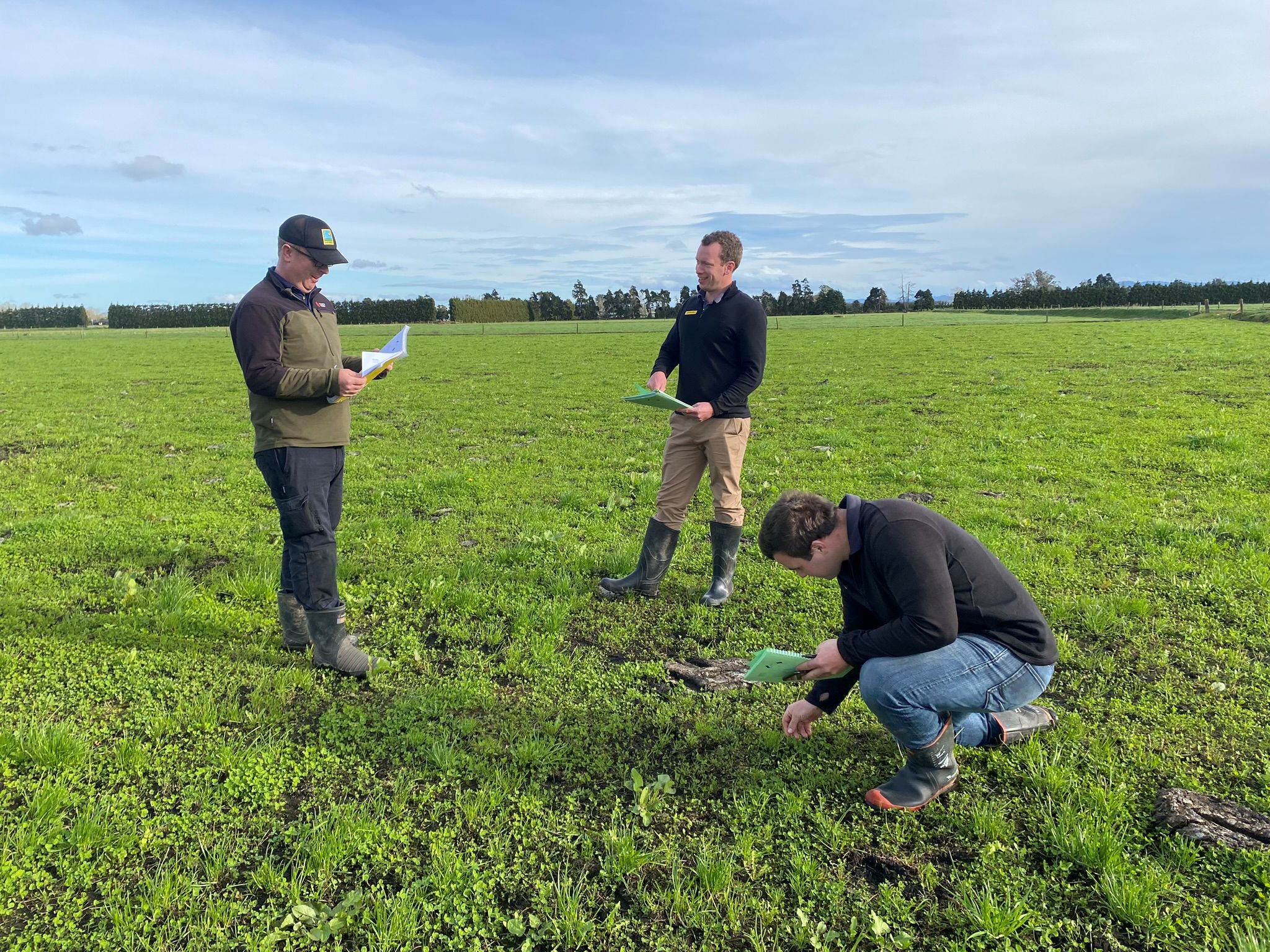
Pugging and treading damage can reduce pasture yield by >35%. Severe pugging by cattle can kill pastures. Where pastures are badly damaged, repairing them is a race against time. New seed needs to be sown before weeds take over.
Open Information Sheet
Using tetraploid perennial ryegrass
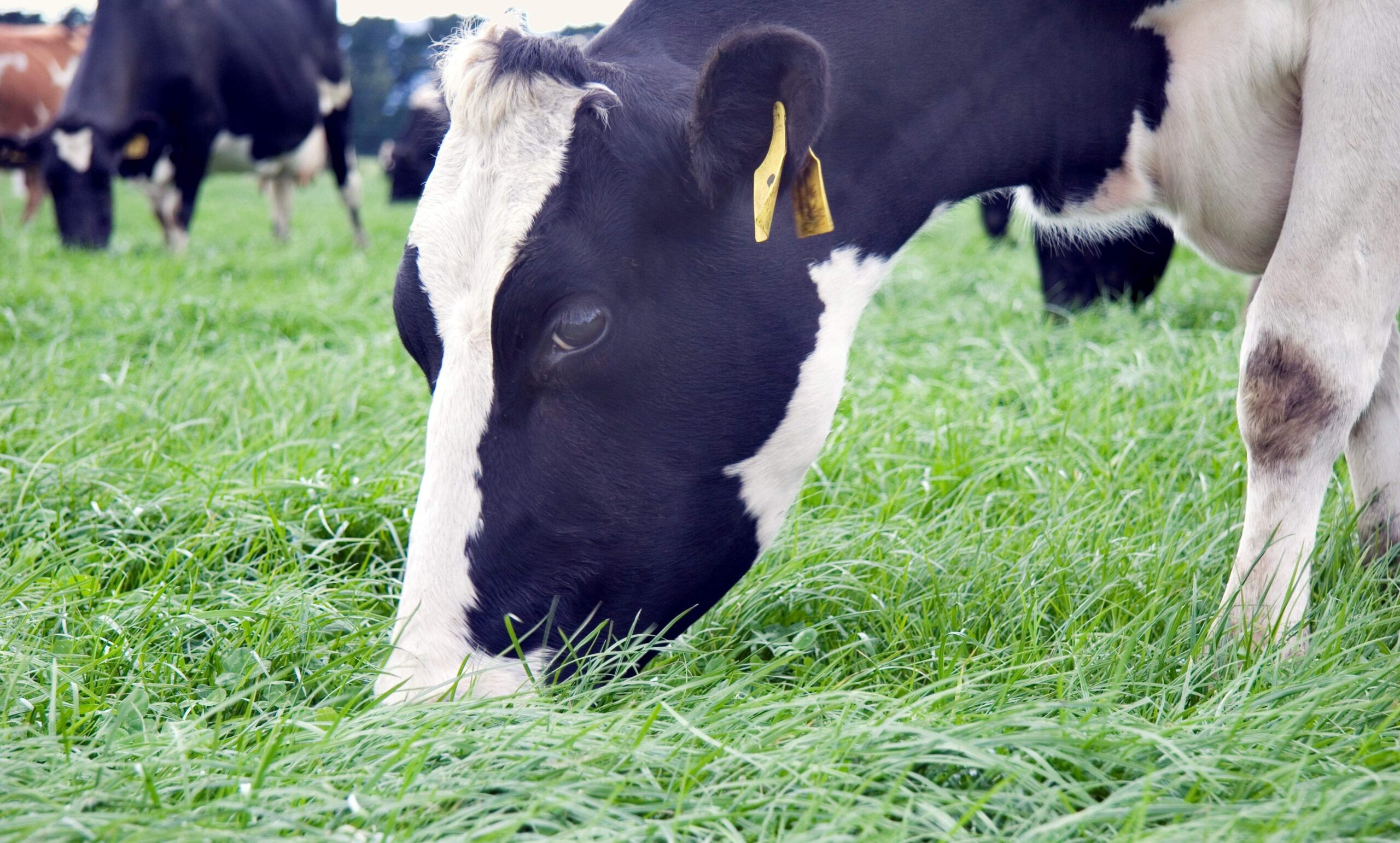
Tetraploid perennial ryegrasses (e.g. 4front) are more palatable, easier to graze and can increase per animal and per ha performance. But they do not suit every farm - they need good management to persist well. Mixing tetraploids with diploids can work (see Mixing tetraploid & diploid ryegrass).
Open Information Sheet
Mixing tetraploid & diploid ryegrass
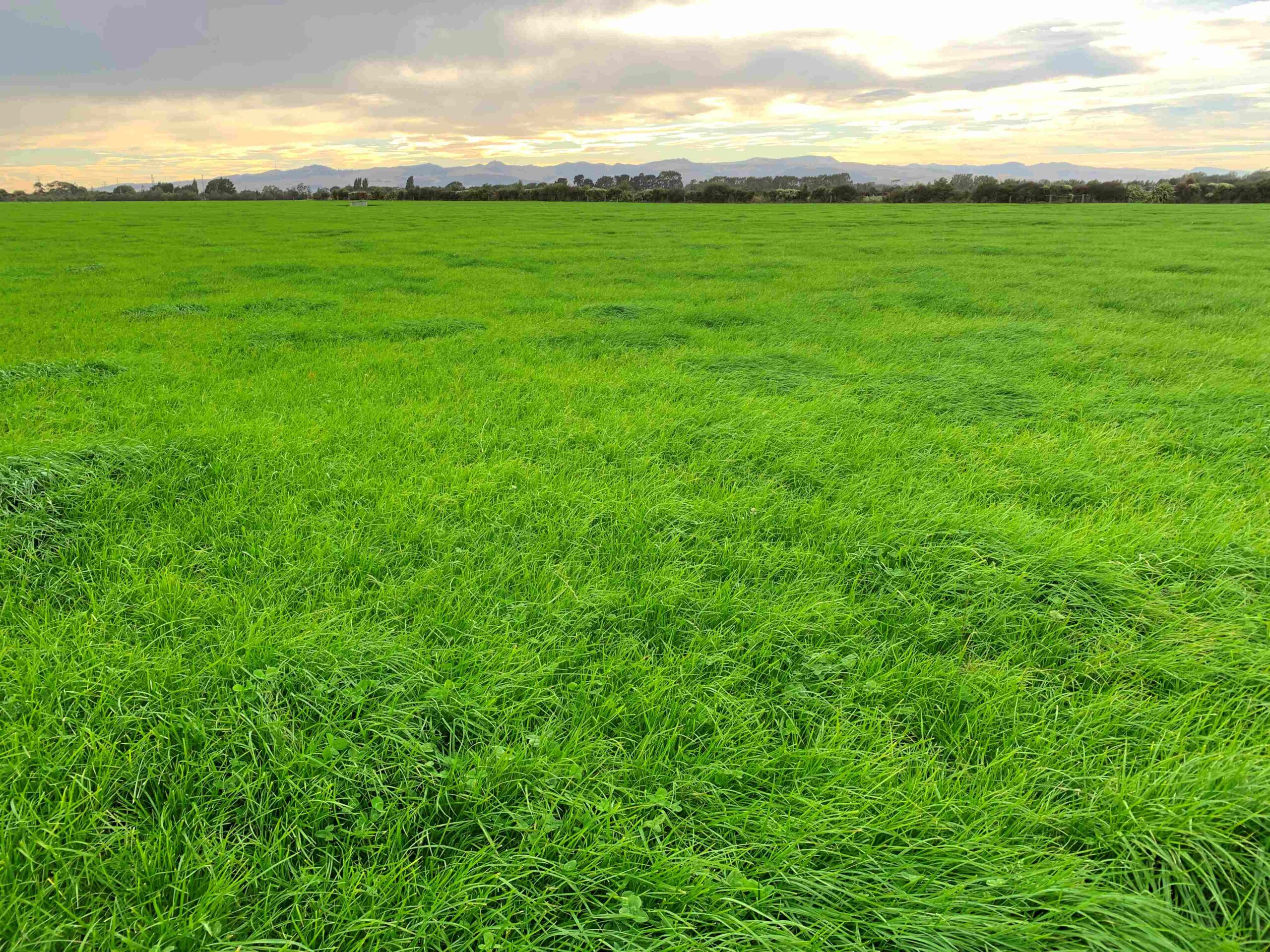
Mixing a tetraploid like 4front with a diploid
perennial ryegrass like Maxsyn or Array has proved
a practical way for many farmers to drive higher
animal performance than traditional pasture, with
easier management.
Open Information Sheet
Making great silage
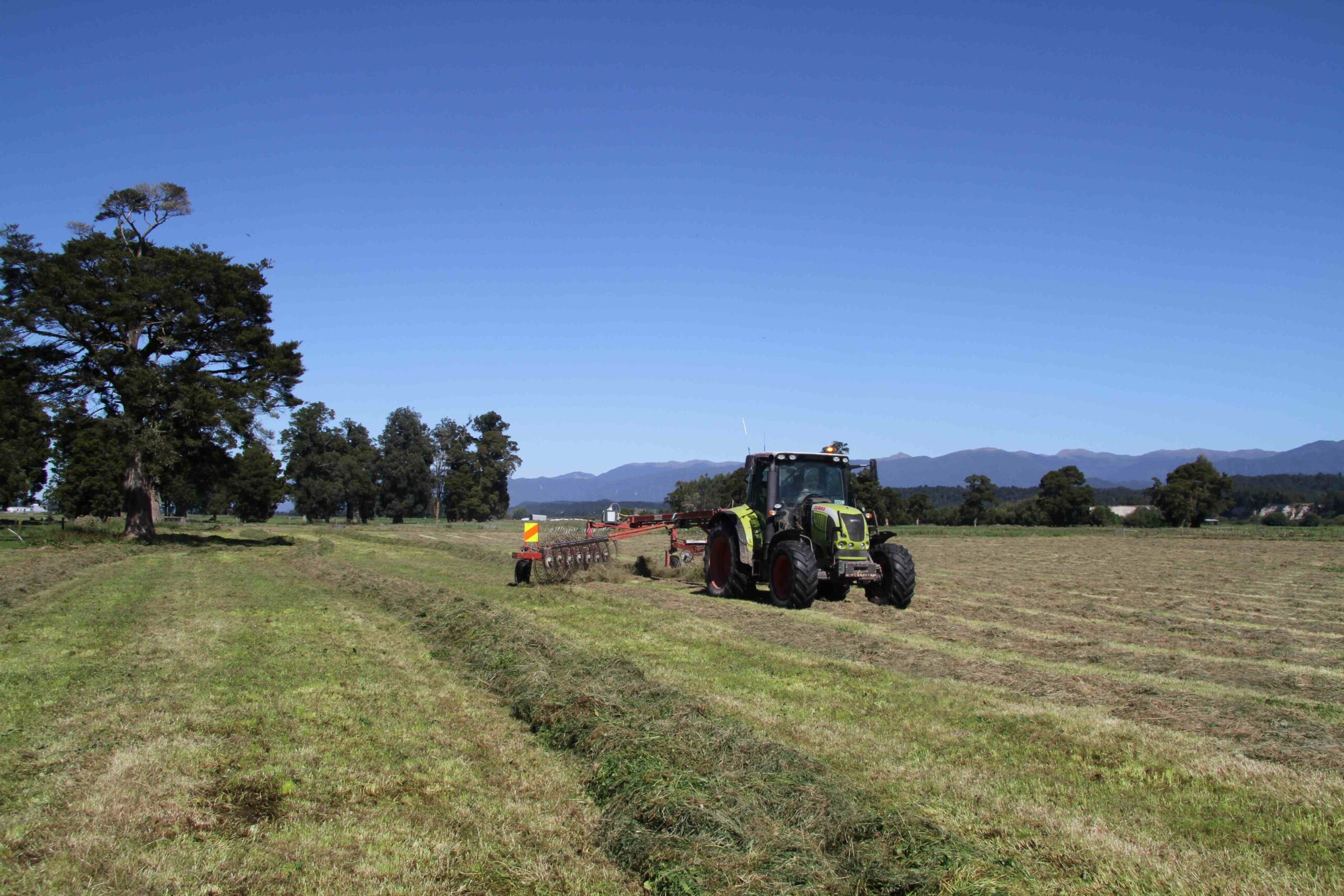
Making silage is a balance – when you close a
paddock, yield increases but quality drops. For
quality silage make light crops. Light crops also
significantly improve pasture regrowth, density
and persistence.
Open Information Sheet
Improving environmental outcomes
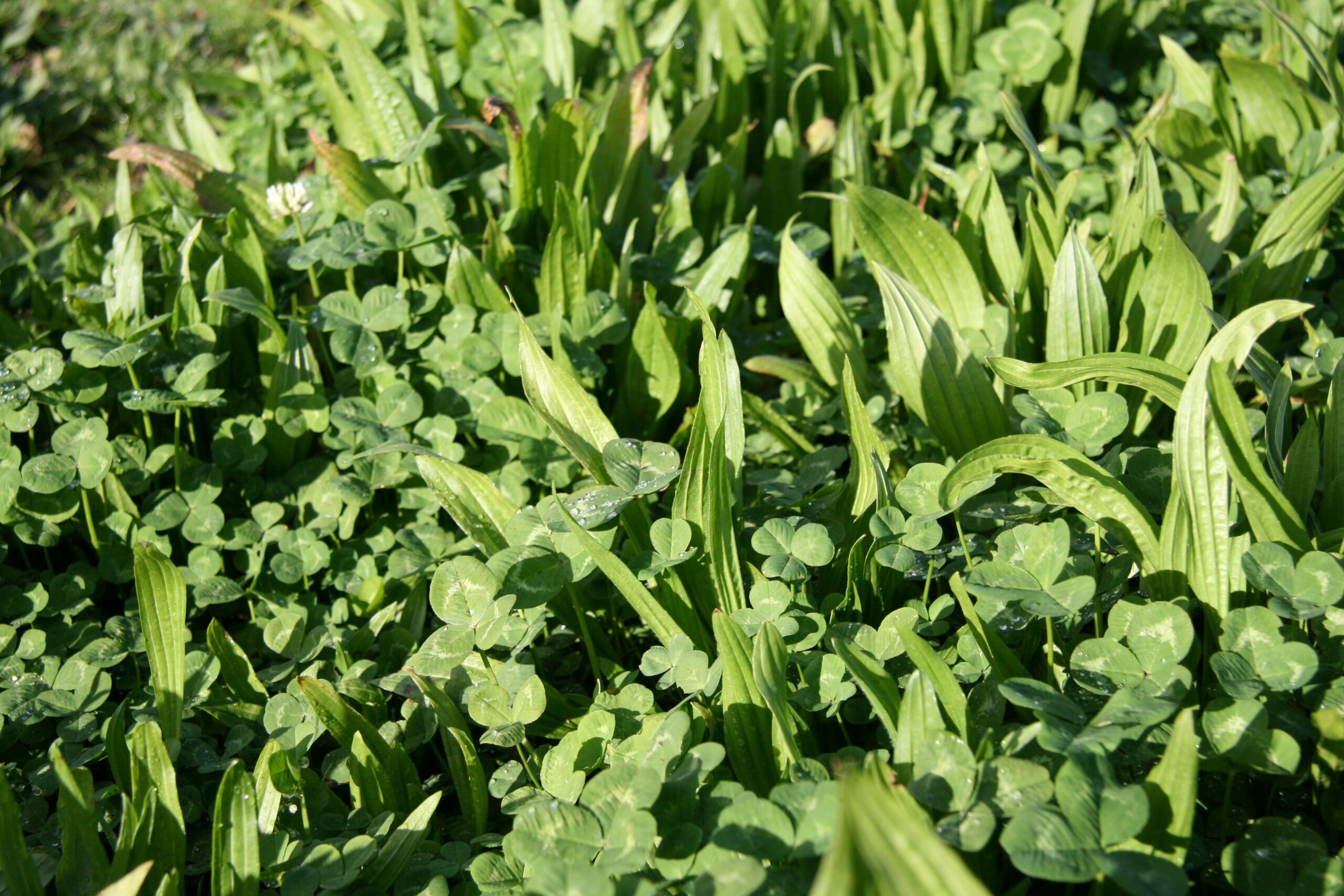
Every farm is unique, and so too is every plan to
minimise environmental impact. Strategies that
work for you may not work for your neighbour. With pastures, however, science
has shown us even small changes can make a big
difference.
Open Information Sheet
Ryegrass heading dates
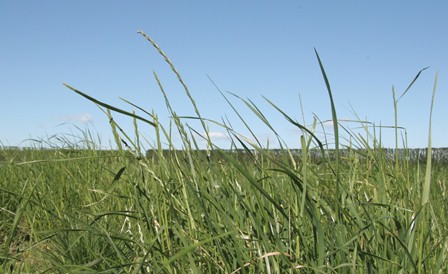
Heading date is when a cultivar shows seed head
in spring. A late heading date can mean better late
spring quality.
Open Information Sheet
Principles of ryegrass growth
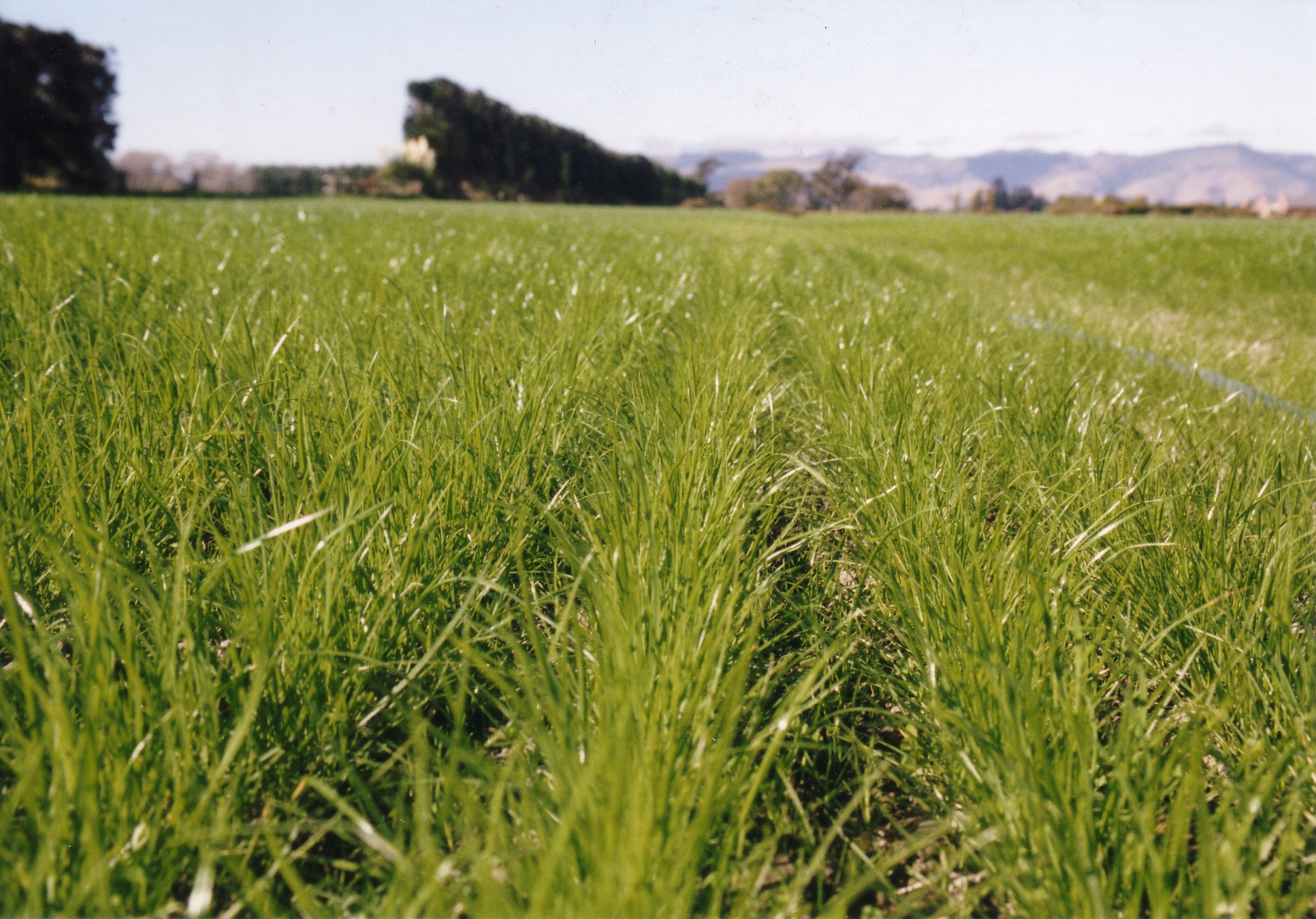
Keep pasture cover within the optimal range to
achieve high growth rates, high utilisation, and
high pasture quality.
The correct time to graze ryegrass is when there
are 2.5-3 leaves per tiller. For rapid regrowth after
grazing, keep post-grazing residuals above 5 cm
or 1500 kg DM/ha for dairy or cattle systems, and
3 cm or 1200 kg DM/ha for sheep systems.
Open Information Sheet





